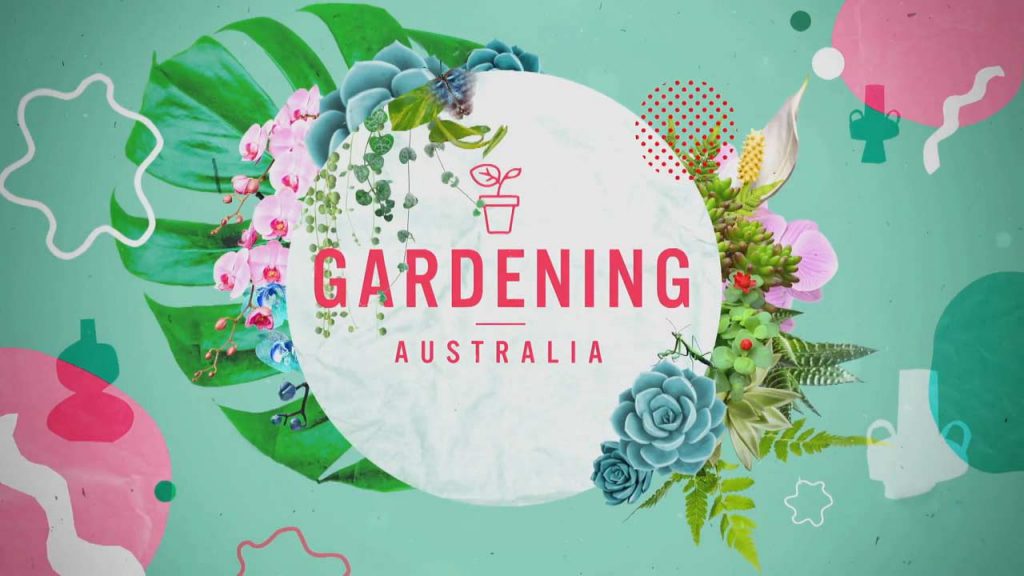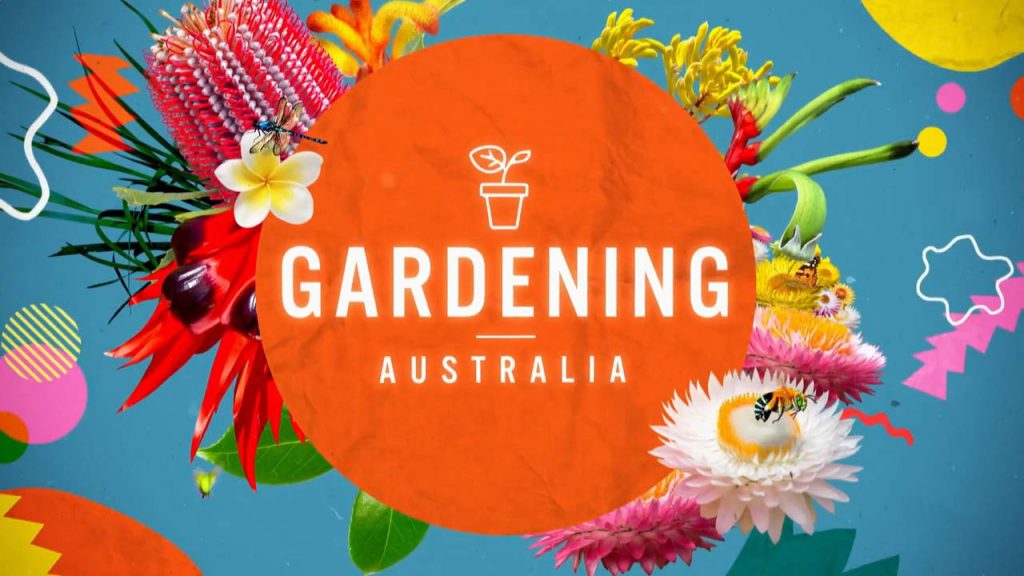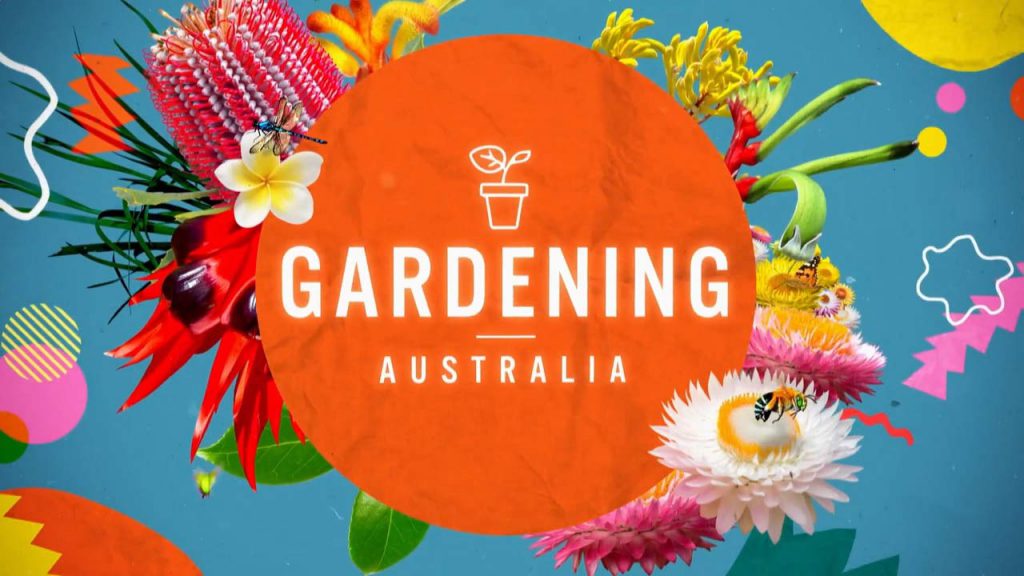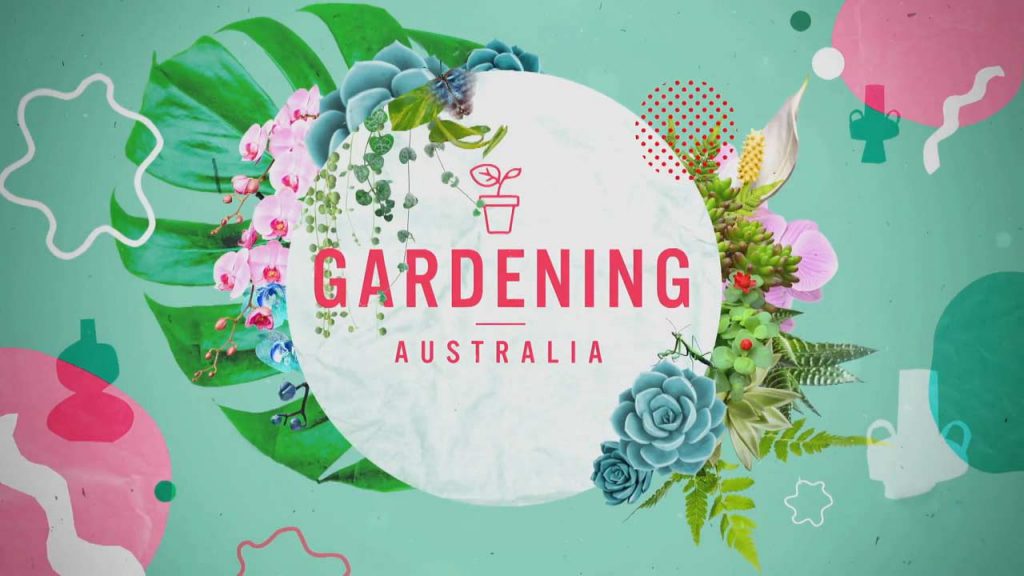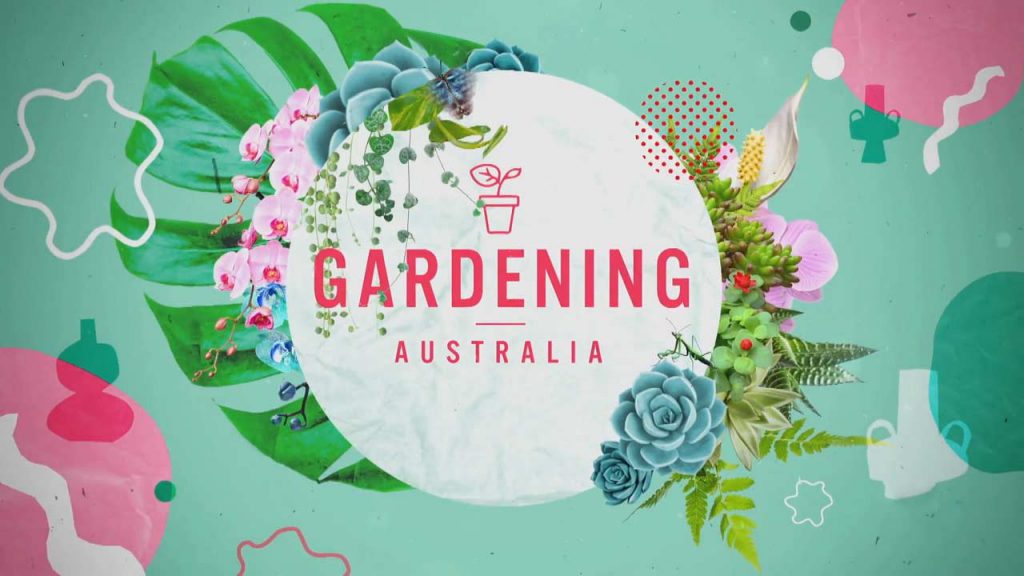Gardening Australia episode 3 2023: Costa tours an expert’s vegie patch; Jane cultivates autumn colour; Josh learns about a plant pathogen; Tammy suggests plants for shade; Millie tours a bushwalk for those with dementia; Sophie meets a carnivorous collector.
Gardening Australia is a popular Australian television program that focuses on gardening and gardening advice. It is broadcast on the Australian Broadcasting Corporation (ABC) and has been airing since 1990. The show is presented by a team of expert gardeners and horticulturalists, who provide tips and advice on a wide range of gardening topics, from choosing the right plants for your garden to dealing with pests and diseases.
Each episode also features segments on different gardens and gardening projects around Australia, showcasing the diverse and beautiful gardens found in the country.
Australia is a diverse country with a wide range of climatic conditions, which can make gardening challenging in some areas. However, with the right knowledge and techniques, it is possible to create a beautiful garden in Australia. Overall, gardening in Australia can be rewarding and enjoyable, as long as you choose the right plants and use good gardening techniques. Inspiring, entertaining and full of practical advice, join Costa Georgiadis and the team as they unearth gardening ideas, meet avid gardeners and look at some of the most inspiring gardens from across the country.
Gardening Australia episode 3 2023
Salter the Earth
From the entrance through the chook gate, to venturing further under an archway of snake beans, Toni Salter’s garden is highly productive. Despite it being a small space in suburban Sydney, every space is used, and there’s still space for flowers, which Toni values for bringing in pollinators and predatory insects. Toni started gardening as a form of respite when her children were small. For her it’s a place of peacefulness and grounding – literally! Now it’s her occupation as well as her preoccupation, and she runs workshops, courses and features on radio programs. She grows everything from tomatoes to bananas, and she shares excess produce with friends, neighbours and the wider community. Toni highly recommends having a greenhouse – she has several! She uses her for raising seedlings and propagating.
Ruinous Rust
Myrtle rust is an unstoppable threat that is set to impact a large number of plant species. Seed collecting can help conserve a range of at-risk species into the future. This fungal pathogen affects plants in the Myrtaceae family, a hugely significant group of plants in Australia. Myrtaceous plants include iconic groups such as eucalyptus, paperbarks, bottle brush, and lily pillies. The rust is spread by wind, so it is impossible to contain in the wild.
A team of horticulturists and conservation biologists at Kings Park have taken the threat to WA species of the myrtle family very seriously. Chelsea Payne is the Arboriculture Curator at the Park, ‘from working with our colleagues around the world and around Australia, we know that myrtle rust presents a huge threat to Western Australian flora.’ Some of Chelsea’s favourite plants are from the Kimberly, which is the front line of myrtle rust attack in WA. Chelsea explains, ‘myrtle rust mainly impacts the new growth on plants. As plants are continually growing, the progressive infestation of new growth means that plants can slowly starve to death. Some species may be infected on new leaves, stems, or even fruit and seeds.’
Since it cannot be eradicated or contained, responding to this threat is about managing it and conserving species that we know are susceptible, by storing seeds and cuttings of these vulnerable plants in seed banks and botanic gardens. Kings Park has the unique responsibility of being the only botanic garden in WA, and one of few significant seed banks. As such, the researchers at the institution recognise their responsibility to Australia’s largest state with the most diverse flora, to safeguard these species. They recently went on a collecting trip to the Kimberly to increase their collections of species susceptible to myrtle rust.
Made for Shade – Gardening Australia episode 3 2023
Don’t despair if you have lots of tricky, shady spots in your garden, there is always a perfect plant to bring life and colour into any spot! The amount of shade in one site can change throughout the year, even throughout a day. It’s well worth taking the time to observe how the sun and shadows move across your garden.
Full shade is simply no direct sun light. Part sun or semi shade means less than 4 hours of direct sun, or in dappled shade all day. Part sun could also be only morning sun, or only afternoon sun and that makes a big difference: direct morning sun is less intense than direct afternoon sun. If you have a spot with only afternoon sun, don’t choose ‘shade loving’ plants! As well as the quantity of shade or sun, there are also different types of shade.
In areas that don’t get warmed up by the sun, such as a sheltered balcony or a site bounded by cold concrete walls, it’s worth looking for plants that thrive in cool climates. Heucheras are low growing perennials with foliage that comes in a range of exquisite colours, from deep purple to dusty oranges to bright green. They need morning or dappled light for best colour, but there are new cultivars to suit a range of light conditions. Use them to brighten up a dull understory, create a feature in hanging baskets, or add pops of interest to vertical gardens. In pots, use a well draining premium potting mix and keep moist, especially in summer.
Hostas are a winner in full shade. Their bold, structural foliage is often used in formal borders but are equally stunning as a mass planting or a feature on their own. Some are naturally variegated with bright patches of green or white. They are frost tolerant due to winter dormancy, so it’s a good idea to pair with something evergreen. Keep an eye out for slugs and snails!
Memory Lane
Millie is visiting Woowookarung Regional Park on Wadawurrung Country outside Ballarat, Victoria; it’s 641ha of local Messmate stringybark woodland, grass trees, and native heath. It’s also the site of Austraila’s first dementia friendly forest and sensory trail.
A feature of the kilometre-long trail are leaning posts where you can lie back and watch the wind move through the treetops as the clouds flurry by. It’s a simple idea offering a lovely experience. “It’s so peaceful and so nurturing,” says former Victorian Senior of the Year Anne Tudor, OAM, who in 2021 helped develop the trail, along with her partner of 36 years, Edie Mayhew. Edie was diagnosed with younger-onset dementia at the age of 59, and she and Anne immediately took up the challenge to improve the lives of people living with dementia and their carers. In 2016 they set up Bigger Hearts Dementia Alliance Ballarat – a community-driven campaign to make their regional city dementia-friendly.
Edie died in 2020 and never saw sensory trail launched, but her name is immortalised on a piece of artwork that frames a beautiful bushland view, and is inscribed with a quote from her: “The trees want to know how you are?” “We wanted people to experience the dementia trail in a different way,” Anne says. “We wanted people to look up, around, to see, to feel, to touch, to hear – if you take your time and walk you find things you wouldn’t normally see.”
